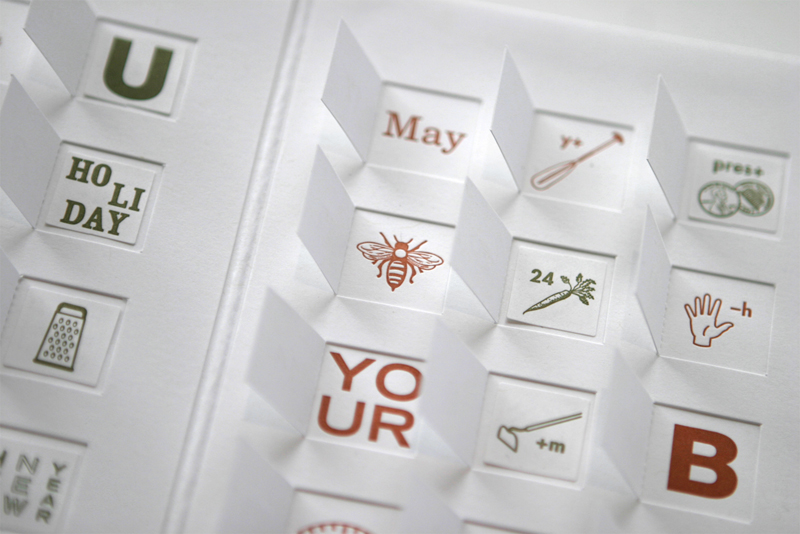
You love, love, love letterpress as the attendance during a classic PaperSpecs’ webinar proved. Guest speakers Judith Berliner, founder of Full Circle Press, and Joshua Chen, principal and creative director of Chen Design Associates, did a terrific job helping us understand how letterpress can satisfy today’s craving for beautiful handmade items.
If you didn’t have a chance to attend, a recording of the event is available. It’s definitely worth your time to have a listen. PaperSpecs extends our sincere thanks to Judith and Josh for sharing their knowledge and insight and answering your many follow-up questions below. A special thank you is also in order to webinar sponsor Neenah Paper for providing the paper for our special webinar handout – a poster designed by Chen Design Associates and printed by Full Circle Press.
Many questions were asked about the correct weight of paper to use when printing letterpress.
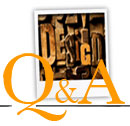
1) The weight that is right for the project will be determined by the paper that has the characteristics desired. The weight of the paper, in combination with the image being printed, can make a big difference in the amount of impression that a printer can attain.
2) The model of the printing press is also a factor in the amount of impression that can be achieved. The bigger the press, the more adjustments are available to assist in the printing process.
3) The amount of bruising can usually be controlled with a good makeready on the press. Some images and the weight of the paper being printed on can also have an effect on bruising.
A duplex paper is usually a little bit heavier as it is two sheets glued together. The sheets that are glued together can vary in weight so there is not a standard weight. It varies with selection.
What is the maximum sheet size the press can take? What is the largest sheet size that can be imprinted? Is there a letterpress that can run 18″ x 24″ posters?
Judith: There are many different printing presses for letterpress printing. Very small tabletop presses may take a sheet that is 4 inches x 6 inches. A large cylinder press may take a sheet that is 24 inches x 20 inches. This is large enough to print pocket folders, large posters, etc. When looking for a printer, it is important to know what equipment capabilities they have. When buying a printing press, it is important to know what you are buying. You cannot expect a very small press to perform like a large press.
Are there color limitations?
Judith: Only with budget and design.
And of course there were questions about cost.
Judith: Costs can vary greatly depending on the project. Pricing can be determined in a number of ways. If you are a printer trying to come up with pricing, I would suggest looking at all your costs. It is the business part of the job. If you are a designer looking at costs, remember that the sheet needs to go through the press for each color. The second color could cost about the same as the first. There are many variables that can influence cost. Each situation is different.
Can you specify PMS or are there standard colors?
Judith: We mix our own inks using a Pantone mixing guide.
Do you ever print metallic inks?
Judith: Frequently.
Are all Pantones available with letterpress?
Judith: Yes.
Do you use “tinted” inks when blind hitting?
Judith: Sometimes.
Can colors be trapped or do they have to overprint?
Judith: Colors can print either way.
Opaque white vs. transparent white – which do you choose when mixing colors?
Judith: Pantone mixing charts will indicate. Usually transparent inks are used.
Do you prefer oil-based or rubber-based letterpress ink?
Judith: We use either, and mostly acrylic inks. Press operators usually have a preference, and we like to keep our operators happy.
Is there a minimum and maximum number for letterpress print runs?
Judith: I have done large and small jobs. An optimal quantity would be what the customer wants to buy. No minimums, no maximum. If you were comparing pricing to offset equipment, you would need to compare with a 1-color press.
At what point is it more expensive to set it up than to actually run it?
Judith: The cost of the film, plate, ink and set up need to be done if you print one or 10,000. The hard costs are more absorbed on the runs past 500 or so.
Can you give us a “rule of thumb” for minimum line weight, point size, etc.?
Judith: .50 is my best suggestion.
What is the smallest type size you can do for letterpress?
Judith: 4 point.
Does font size depend on pressure into thicker paper stock?
Judith: Fonts can sometimes become distorted with too much impression.
What is the smallest typeface that can be used without filling in?
Judith: Typefaces vary. The font that you choose can make a difference.
Do the two different sides of the sheet present an issue?
Judith: It can be. Choose the best suited for your expected outcome.
Is smooth better then textured when it comes to printing?
Judith: It may accept the ink easier.
Can we get a list of suggested papers for use with platen presses?
Judith: Paper selection does not have anything to do with the platen. I would find a manual for the press you are running. Also, there are many platen presses in a number of sizes. An automatic or manual press could make a difference.
Was a real rubber stamp used for dates or faux printed with letterpress?
Josh: The real thing
How was the rubber stamp applied – manually?
Judith: Yes.
Was it a self-inking stamp?
Josh: No
What type of ink do you use for stamping?
Josh: That depends on the surface you’re stamping. Consult your rubber stamp company on the right kind of ink for your project.
Is there a special technique used to ensure even pressure with rubber stamps?
Josh: The effect we were going for was to HAVE an uneven, hand-applied look, complete with imperfections.
Were two rubber stamps used on this piece?
Josh: If you’re referring to the Tell Tale piece, we made a different stamp for each of the month/year combinations.
Which line of Eames paper was the letterpress printing done on?
Josh: Eames Architecture
Do you have a good company that makes rubber stamps?
Josh: City Stamp + Sign Company, San Francisco
Do you always use photopolymer plates, or are there times when you feel that, say, copper plates would work better?
Judith: I use photopolymer plates for printing ink on paper. I use copper dies for foiling and embossing.
Can you talk about registering polymer plates on the bunting base? Meaning, how do you ensure plates #2, #3 and so on are placed where plate #1 was located to ensure proper registration without having to adjust paper placement.
Judith: This is what I use crop marks for. Some printing presses have limitations or you could be running on a finished size sheet of paper. I would mark the bunting base with a felt marker. You could also have a film positive that you can lay over your copy to make sure you are in position.
What’s the difference between photopolymer plates and magnesium plates with regards to print quality?
Judith: I find that I like photopolymer plates for a number of reasons. 1) I think they print cleaner. 2) Magnesium plates are made in a chemical bath. I prefer to make my own plates.
How is a polymer plate different from a cut?
Judith: A cut is generally made with a magnesium plate mounted on wood. A photopolymer plate is placed on a bunting base.
Where can I get my plates made and how much do they cost?
Judith: I do not know the answer to either one of these questions. There is a lot of information on a site, briarpress.org, or a site called Ladies of Letterpress.
It looks like some of the samples have multi-level impressions. How is this achieved in the plate making process?
Judith: My jobs are done with photopolymer. The multi-level effect can be the outcome of well-planned design, a good printer and the right paper for the project.
How many prints can you get from one polymer plate? Do the edges start to deteriorate after so many prints?
Judith: I have gotten 20,000 impressions from a photopolymer plate. They usually deteriorate from too many sheets going through or a chip when handling.
Does the resolution have to be very low, if screened?
Judith: We usually start with a 133-line screen.
When working with screens, what do you mean by “enclosing” the area?
Judith: A solid line around the area of the screen can keep the dots from floating in the platemaking process. It provides some protection of the little buggers.
What is your best practice for registering crop marks?
Judith: Common crop marks for each color. This way they lay each color over the next color.
Can we talk about file prep in Illustrator for overprinting?
Judith: We accept Illustrator files. I can only speak for Full Circle Press.
Can you talk about artwork with knockouts versus overprints? I understand knockouts require proper registration. What are the advantages / disadvantages for both.
Judith: Registration of knockouts is not a problem with an experienced operator and the right equipment. Overprinting has a different outcome. The Tell Tale Society sample is a great example of overprinting.
Do you have to wet the paper?
Judith: I do not; some printers do. It depends on the paper they are using.
Do you know ahead of time what papers will work? Do you do many tests before plates are made?
Judith: You really cannot do a true test without making the plates.
For somebody who has never done letterpress, what are the right questions to ask the printer before starting?
Judith: I would ask for samples of their work.
When printing envelopes, do they need to convert?
Judith: Many envelopes are pre-converted. We convert envelopes if there is around 5,000 or a reason that that cannot be avoided. It can be so much more expensive. Sometimes the envelope you want is not available and then it can be converted.
Does artwork have to be created with Photoshop or Illustrator or can a hand drawing work for creating a plate?
Judith: Drawings can be scanned. Each printer can let you know what will work for him or her.
I am a calligrapher as well as a graphic designer. What is the difference in how the files will be submitted for print?
Judith: It would also need a high-resolution scan.
Does letterpress printing currently involve the use of lead anywhere in the process? I am concerned about possible environmental and health issues.
Judith: Some letterpress printers use lead. I mostly use photopolymer. My father had a hot metal type foundry. I have not worried too much about health issues. I do not put type in my mouth.
What is bruising?
Judith: Bruising is the mark on the back of the paper caused by the impression from the other side.
Is it possible to print a project 2-up, 4-up, etc. without losing the impression when you trim them after printing?
Judith: A cutter set at correct pressure should not interfere with previously made impressions.
What’s the No. 1 mistake designers make when designing for letterpress?
Judith: Not knowing the equipment or capabilities of the printer. Best to talk to your printer first so you have a good knowledge of what will work successfully. There are no hard and fast rules. Experience is so helpful.
What is a good depth for the impression if one has never done letterpress before?
Judith: You would need to experiment. Start light.
Do these designers ever incorporate foil in the mix of things or spot varnishes?
Judith: Sometimes, it really depends on the look we’re going for.
Are there restrictions against tight registration?
Judith: Yes, the equipment and the operator.
If I am printing 1-color business cards, two sided, possibly on 130 lb. Double Thick Cover paper, will each side show through?
Judith: A good makeready can minimize this situation.
Do you use lead type?
Judith: On occasion.
Do you ever do edge coloring? If so how is it done?
Judith: Yes we do. How we do it is a secret.
Explain the duplexing process please.
Judith: Duplexing is where two sheets are adhered to each other making them one.
Discuss diecutting a little more, please.
Judith: Diecutting is done with a steel rule die, or straight lengths of steel rule. You can have cutting dies made by a steel rule die maker.
If you were focusing on invitations, what kind of press would you recommend finding?
Judith: If you have the room, I would recommend a Heidelberg Windmill.
What is the best way to get simulation of the overprint? Is there a bleeding option in the software that comes close?
Josh: InDesign allows you to create Mixed Ink Swatches – check out your Swatches palette.
How much of your work is combo’d with sheets run on an offset press?
Judith: Just the jobs that are designed for this. I prefer to keep jobs in the shop. However, when needing to run combo, I have a great group of printers that I outsource to.
I find that the average person doesn’t understand the special nature and craft of letterpress. Do you find yourself mainly printing designers over the average person?
Judith: Letterpress lovers come in all kinds of packages. There are just people who see it right away, some who love it once they understand it. It is like fine wine or a really good cupcake.
Any tips for combining silkscreen and letterpress printing?
Judith: I have not done that, but I wouldn’t be afraid to.
What do you mean by float away?
Judith: The dots or small details can disappear in the water washout bath.
Is there dot gain with letterpresses?
Judith: Incorrect inking or roller adjustments can cause this to occur with any process, not just letterpress.
Can you also do letterpress where you still set the case letters like it used to be done?
Judith: I can. It is kind of like riding a bike for me.
How long does it usually take to dry with letterpress?
Judith: It really depends on the kind of ink, the amount of ink and the image.
Is the whole book, 100 Ideas, printed with letterpress?
Judith: No, just the bookmarks.
Josh, where do you get your “old world” source materials? What are good resources for art for letterpress? And do you turn art into vector when it may be a scan, or TIFF?
Josh: A variety of sources – flea markets, garage sales, found items, stuff we’ve collected over the years. Depending on the project specifics, we either work with scans in Photoshop or turn into vector images in Illustrator.
What paper is the invitation card printed on? It looks different!
Josh: If you’re referring to the Stanford wine invitations, the actual invite card is printed on blotter paper.
How can I find a letterpress printer in my local area?
Judith: I would ask other designers for a recommendation.
Does Full Circle Press accept orders nationwide?
Judith: Yes we do. We have printed for customers in other countries.
Can you tell us more about PaperSpecs and the trial membership?
Judith: You can find all the details here.
Original release: October 26, 2010

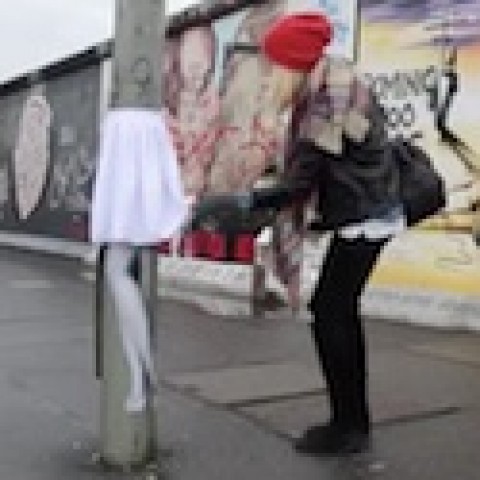

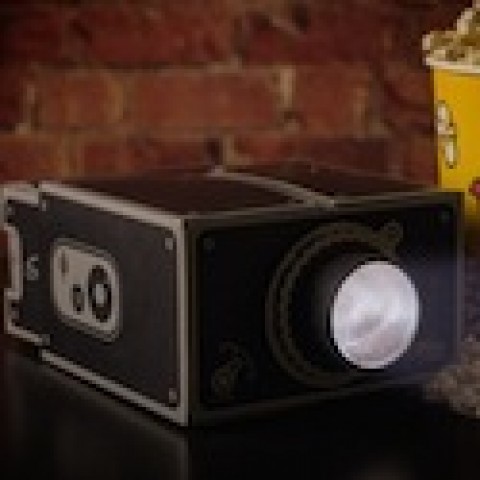
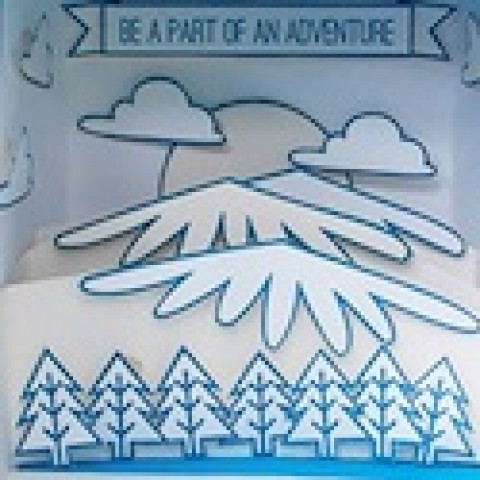
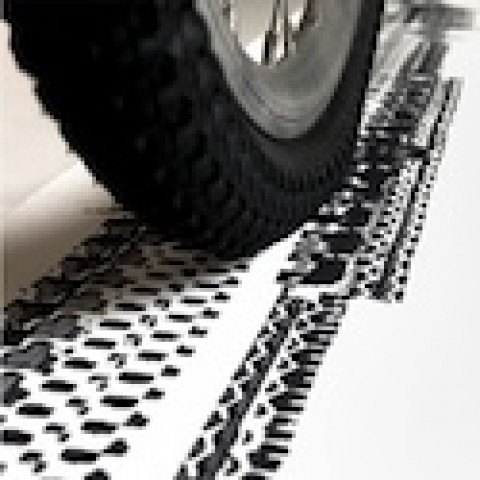
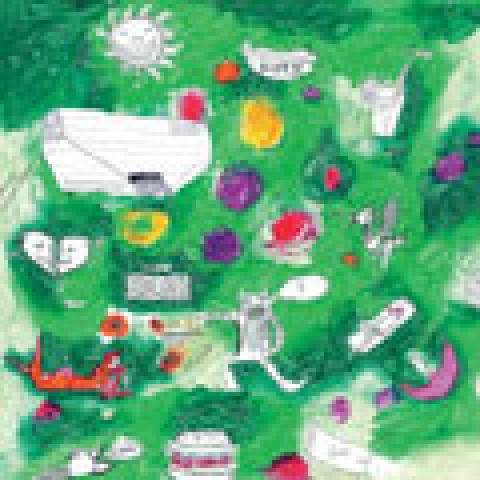
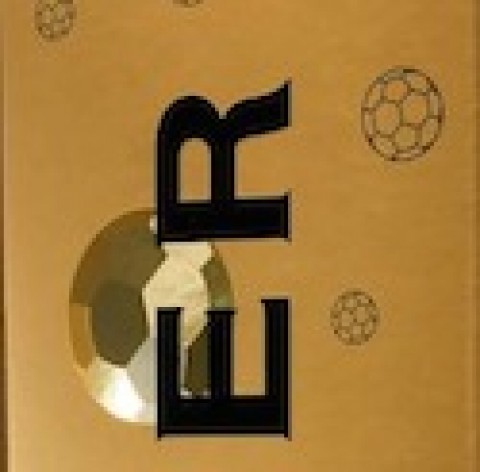




It sure is a beautiful looking result. Is there a general “sweet spot” or range in terms of quantity/cost effectiveness with this process? For example, if the cover for a letter-sized annual report were considered for letter press in 1 color does it get way more expensive compared to foil stamping or conventional offset in quantities of 50k, 75k 100k let’s say? How about adding a second color?
I have this impression that over about 15-20k it gets really expensive when compared to offset for example.
What is better for deossing and hot foil pressing,
Photopolymer Plates or casts raised letters on lead slugs.
Eric,
I use copper dies for a true deboss, emboss and also foil stamping.
There are some companies who still make magnesium dies. My experience is that the copper metal is cleaner and also conducts the heat more evenly.
You can do a “blind hit” with a photopolymer plate. In this application, you leave the impression without ink.
Best of luck,
Judith